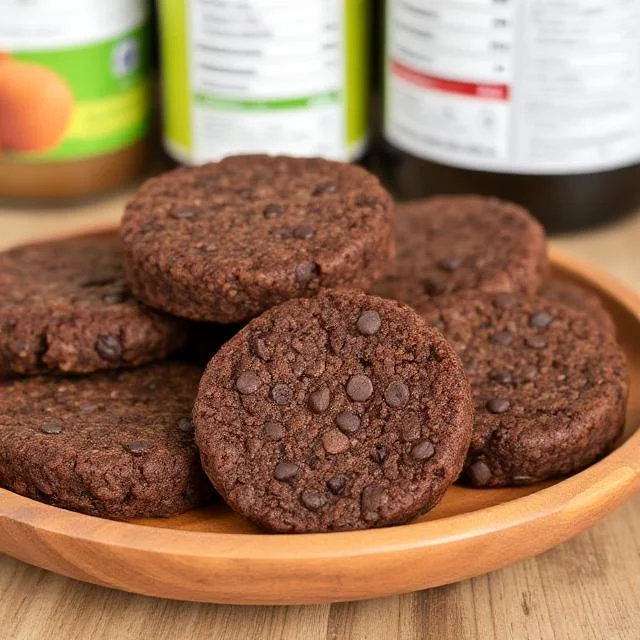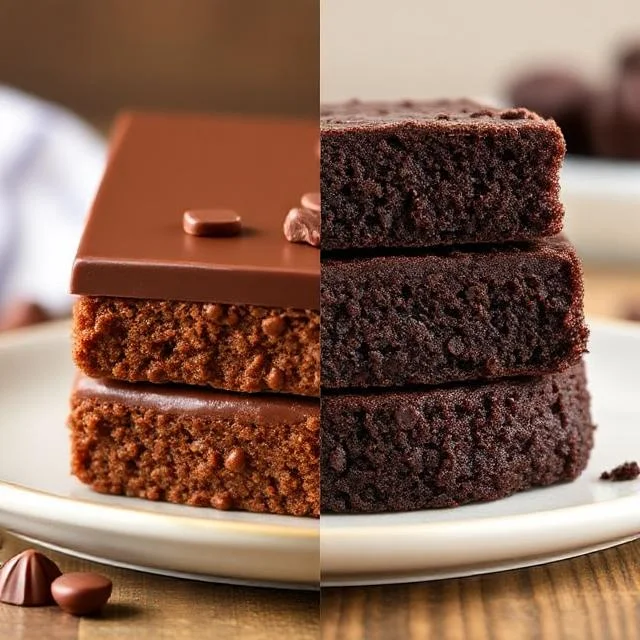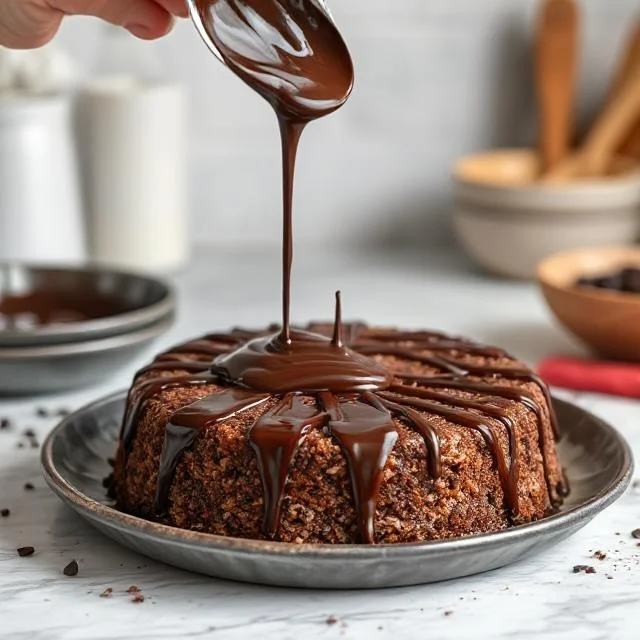Introduction
Chocolate rice cake have gained popularity as a light and crispy snack option. However, are they truly a guilt-free indulgence? Many health-conscious individuals wonder whether chocolate rice cakes align with their dietary goals. This article explores the caloric content, nutritional benefits, potential drawbacks, and how they fit into a balanced diet.
Nutritional Profile of Chocolate Rice Cake
Caloric Content: Understanding the Numbers
Chocolate rice cakes vary in calorie count based on brand and ingredients. On average, one chocolate-covered rice cake contains between 60 to 100 calories.
- Factors affecting calorie count: chocolate coating thickness, added sweeteners, and portion size.
- Comparison with plain rice cakes: Plain rice cakes usually have 35-50 calories, but chocolate adds extra calories.
- How serving size influences intake: Eating multiple rice cakes can quickly add up in calories.
Macronutrients: Carbs, Fats, and Protein Breakdown
Understanding macronutrient distribution helps determine how filling a snack is.
- Carbohydrates: A single chocolate rice cake contains 12-15g of carbs, mostly from puffed rice and chocolate.
- Fats: Depending on the type of chocolate, a rice cake may have 2-5g of fat.
- Protein: These snacks are low in protein, typically around 1-2g per piece.
Sugar Content and Sweeteners Used
Chocolate rice cakes may contain added sugars, which impact their healthfulness.
- Refined vs. natural sweeteners: Some brands use cane sugar, while others use artificial sweeteners.
- Impact on blood sugar levels: High sugar content can lead to energy crashes.
- Comparing sugar levels with other snacks: Some chocolate rice cakes have similar sugar content to granola bars.
Micronutrients and Additives
Aside from macronutrients, these snacks contain some vitamins and minerals.
- Presence of vitamins and minerals: Some rice cakes contain iron or fiber if made with whole grains.
- Common additives and preservatives: Certain brands use stabilizers or emulsifiers.
- Are organic or natural options better? Organic rice cakes may have fewer artificial additives.

A close-up of chocolate rice cakes on a wooden plate with nutritional labels in the background.
Are Chocolate Rice Cake a Healthy Snack Choice?
Low-Calorie Snacking: Do They Keep You Full?
Despite being low in calories, chocolate rice cakes may not be very filling.
- Satiety levels compared to whole foods: Lacks fiber and protein for lasting fullness.
- Pairing with protein-rich foods: Consider eating with peanut butter or Greek yogurt.
- Impact on weight management: Can fit into a calorie-controlled diet if eaten in moderation.
Benefits of Choosing Whole-Grain Rice Cakes
Whole-grain options offer better nutrition.
- Higher fiber content: Helps with digestion and blood sugar control.
- Better nutrient profile: Contains more vitamins and minerals.
- Difference between white and brown rice cakes: Brown rice cakes are more nutrient-dense.
Chocolate Type Matters: Dark vs. Milk Chocolate
The type of chocolate used affects the health benefits.
- Dark chocolate benefits: Higher antioxidants and lower sugar.
- Milk chocolate concerns: Often contains more sugar and dairy fats.
- Choosing healthier brands: Look for dark chocolate options with minimal additives.

A side-by-side comparison of milk chocolate vs. dark chocolate rice cakes with nutritional breakdown
Chocolate Rice Cake: Potential Downsides and Considerations
Hidden Sugars and Artificial Ingredients
Some chocolate rice cakes contain ingredients that may not align with a healthy diet.
- Reading ingredient labels: Identify artificial flavors and high-fructose corn syrup.
- Sugar alternatives: Stevia or monk fruit-sweetened options.
- Impact on blood sugar and energy levels: Avoid high-sugar options if prone to crashes.
Not a Significant Source of Protein or Fiber
While convenient, rice cakes lack essential macronutrients.
- Why protein and fiber matter: Keeps you full longer.
- Ways to balance the snack: Add almond butter or cheese for better satiety.
- Comparing to other snacks: Whole nuts or hummus with veggies are more nutrient-dense.
Are They Really a Weight-Loss Friendly Option?
Can be part of a diet, but portion control is essential.
- Calorie density: Eating multiple rice cakes adds up.
- Mindful eating tips: Savor slowly instead of mindless snacking.
- When to eat them: Best enjoyed as a pre-workout snack or light dessert.

A woman holding a chocolate rice cake, reading the ingredient label in a grocery store aisle.
How to Incorporate Chocolate Rice Cakes Into a Healthy Diet
Best Pairings for a Balanced Snack
To enhance nutrition, pair rice cakes with other healthy foods.
- Nut butter and banana slices: Adds fiber, protein, and healthy fats.
- Greek yogurt and berries: A refreshing, protein-rich combination.
- Avocado and sea salt: Offers healthy fats for better satiety.
Homemade Chocolate Rice Cakes: A Healthier Alternative
Making your own version allows for control over ingredients.
- Choosing quality ingredients: Use dark chocolate and whole-grain rice cakes.
- Reducing sugar content: Sweeten with honey or maple syrup.
- Customizing with toppings: Nuts, seeds, or dried fruit for added nutrients.
Best Times to Enjoy Chocolate Rice Cakes
When you eat them can influence energy levels and cravings.
- Pre-workout snack: Provides a quick energy boost.
- Afternoon pick-me-up: Helps curb sweet cravings.
- Dessert alternative: Satisfies sweet tooth without excessive calories.

A DIY chocolate rice cake being prepared in a kitchen with melted dark chocolate drizzle
Conclusion
Chocolate rice cakes can be a guilt-free snack when consumed in moderation. While they are low in calories, they may lack sufficient protein and fiber for lasting satiety. Choosing whole-grain options and pairing them with nutritious foods can make them a more balanced choice. By reading labels carefully and opting for healthier variations, you can enjoy chocolate rice cakes without compromising your dietary goals.
Advice
Chocolate rice cakes can be a low-calorie snack, but their healthiness depends on the ingredients. Plain rice cakes are typically light and low in calories, but when coated with chocolate, sugar, and additives, the calorie count increases. A standard chocolate-covered rice cake contains around 60–100 calories, making it a reasonable option for a sweet treat. However, they may lack fiber and protein, leading to quick hunger. To make them more satisfying, pair them with nut butter or Greek yogurt. If you’re watching your sugar intake, opt for dark chocolate versions with minimal added sugar.

